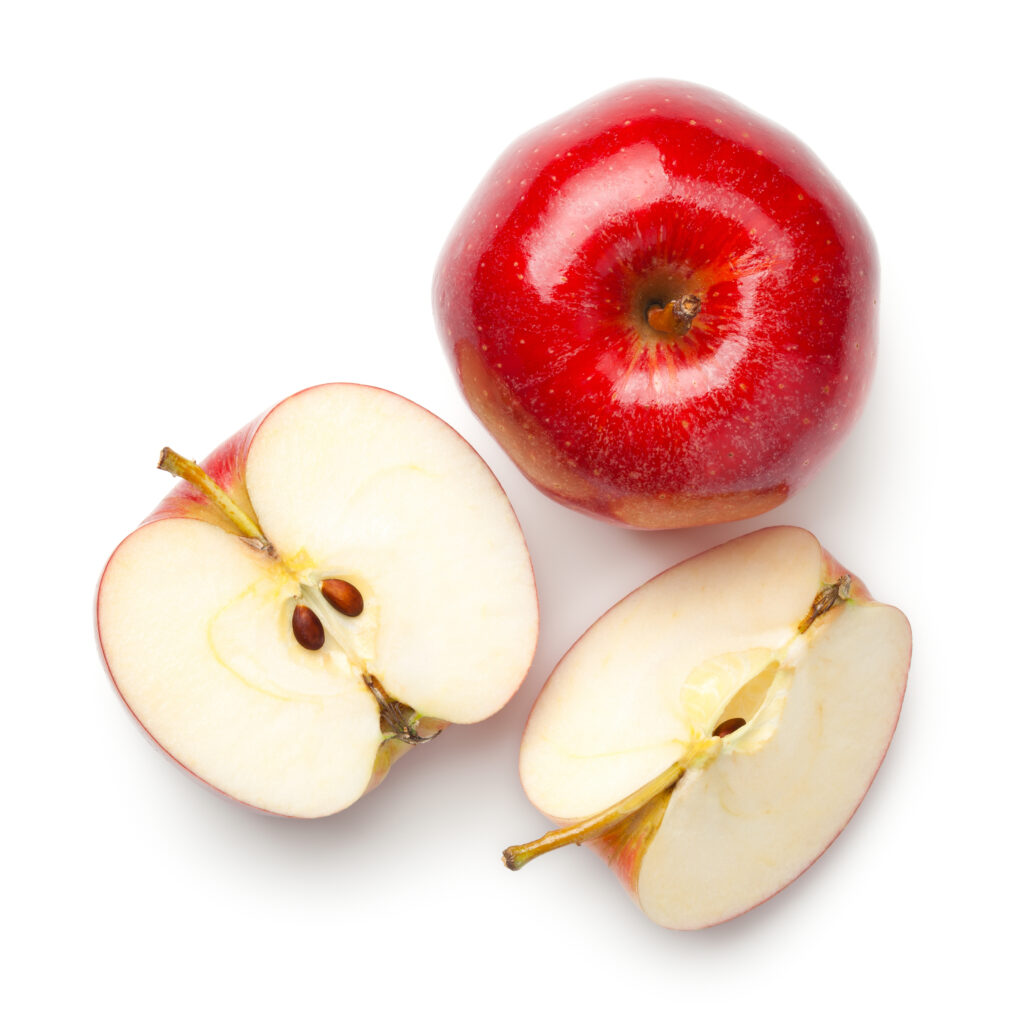Written by Jessica Cascio
Often depicted as “Frankenfoods”—monstrous mutant meals cooked up in a laboratory—genetically modified organisms (GMOs) get a pretty bad rap. And unnecessarily so. The negative reputation of GMOs is harmful to the future of food science, particularly now, as we race against climate change.
Humans have been modifying the food we eat for thousands of years. The breeding and crossbreeding of organisms for desirable traits has been a common human practice since the initial domestication of plants and animals beginning around 10,000 years ago. From the farmlands in ancient civilizations to the innovative “designer” diets of today, modifying the food we eat—genetically or otherwise—is part of our collective human history. And the allure of modification didn’t end with domestication. We can thank Gregor Mendel and his pea plants, for our fascination with genetic manipulation.

A GMO is any organism that has been altered to contain DNA that does not occur naturally. Typically, genes are transferred from one organism to another, thus producing a new property or characteristic. For example, possibly the most widely known GM produce, Arctic apples, are genetically altered to be non-browning. If this bioengineered fruit is cut or bruised, it won’t undergo the chemical reaction which typically turns apple flesh brown. The applications of GMO technology extend beyond consumer-geared products and into agriculture. According to the US Department of Agriculture (USDA), over 90% of maize (corn), cotton, and soybeans in the US are produced using GM varieties. The most common modifications to commercially produced crops are herbicide resistance and insect resistance. If your diet consists of any of these staple foods, odds are you are eating GMOs.
Generally, consumers—especially the American public—are driven by emotion rather than reason. The fear surrounding GMOs is based on conjecture. Many anti-GMO activists preach that the long-term effects associated with the consumption of GM foods are unknown. Even still, a majority of scientists are not concerned about the safety of GM foods. According to a recent The New York Times article, about 90 percent of scientists advocate for the safety of GMOs. Large, respected scientific groups, like the World Health Organization (WHO) and American Association for the Advancement of Science, endorse GMOs. Still, about two-thirds of the public remain apprehensive.
To add to the controversy, supermarkets and food manufacturers are participating in a new wave of marketing that promotes “organic” and “all-natural” food items. Organic foods are wildly popular today—just look at the supermarket giant Whole Foods and its many copycats. Consumers are paying a premium for the promise of “healthier” organic and all-natural foods. While many organic farming practices can be healthy for both the consumer and the Earth, the USDA requires that food labeled as 100% organic be unaltered by genetic modification. Here’s where we are missing a beat:
“Healthy” and “genetically modified” need not be mutually exclusive.
As a global community, we’re undeniably in hot water (pun intended). Overarchingly, climate change can be framed as an issue of food security (beyond the rapid deterioration of the entire planet as we know it). According to the United Nations (UN), rising global temperatures are directly causing soil degradation and erosion. Soil is being lost between 10 and 100 times faster than it is forming. As a result, up to 30% of the food supply is going to waste. Extreme weather events linked to climate change, such as wildfires, droughts—and, yes, pandemics—will worsen the threat to our global food supply. Add all of this to the fact that the global population is growing exponentially.
The current large-scale approach to farming is costly to both natural resources and to the health of individuals. Widespread industrial agriculture practices are damaging to the land they utilize. Industrial agriculture depletes natural resources by exhausting the soil farms use, eroding the land, and ultimately reducing the capacity for biodiversity overall. These practices will eventually lead to less farmable land, less food availability, and less water security, especially for those in underserved communities. Currently, more than 10% of the global population is undernourished, and this statistic will only continue to grow as climate change accelerates. The UN has framed the current climate emergency as a race. We are currently losing that race, but we can win if we pull out all the stops.
It’s time to turn to GMOs. Recent advances in biotechnology and molecular biology techniques open the door to a myriad possibilities for GMOs. As one example, Bill Gates supports the development of GM bananas specifically bioengineered to be richer in Vitamin A and iron to supplement the diets of locals in developing countries. Because bananas are an important staple food in Uganda and other East African nations, these GMOs have the potential to greatly improve these communities’ access to nutrition-dense food.
The benefits of GMOs can extend beyond the engineering of more nutritious produce. Many GMOs produce crops with higher yields to decrease the amount of fossil fuels used in the farming process. A 2017 analysis of 76 different studies found that genetically engineered corn had significantly greater yield than its unmodified counterpart. Thus, growing GM crops such as corn could not only increase the available global food supply but also reduce the cost of production and the corn industry’s overall toll on the environment. That means GM foods foster efficient and sustainable practices that could become critically important in the race against climate change.
The negative rhetoric surrounding GMOs is not only wrong but also extremely harmful. If we want to take a step into a more green, sustainable future—and quite frankly, we don’t have much of a choice here—we need to utilize all of the tools we have at our disposal. Let’s pay homage to the father of modern genetics by engineering a better pea plant to save the planet.